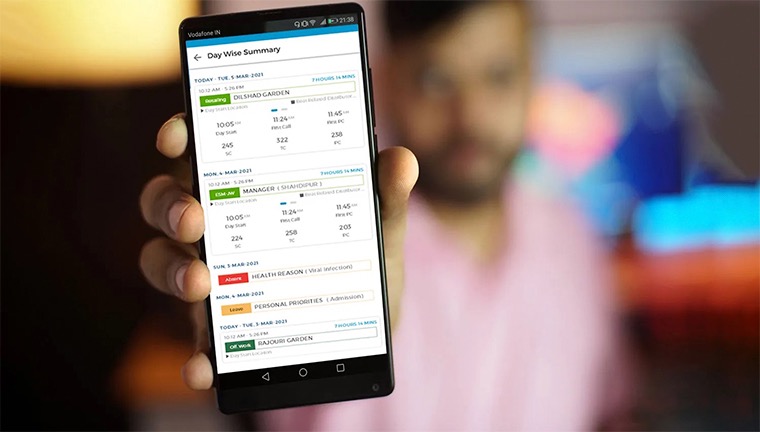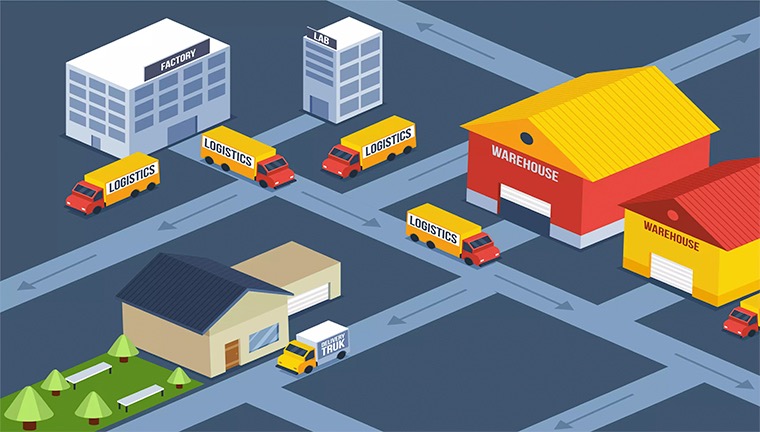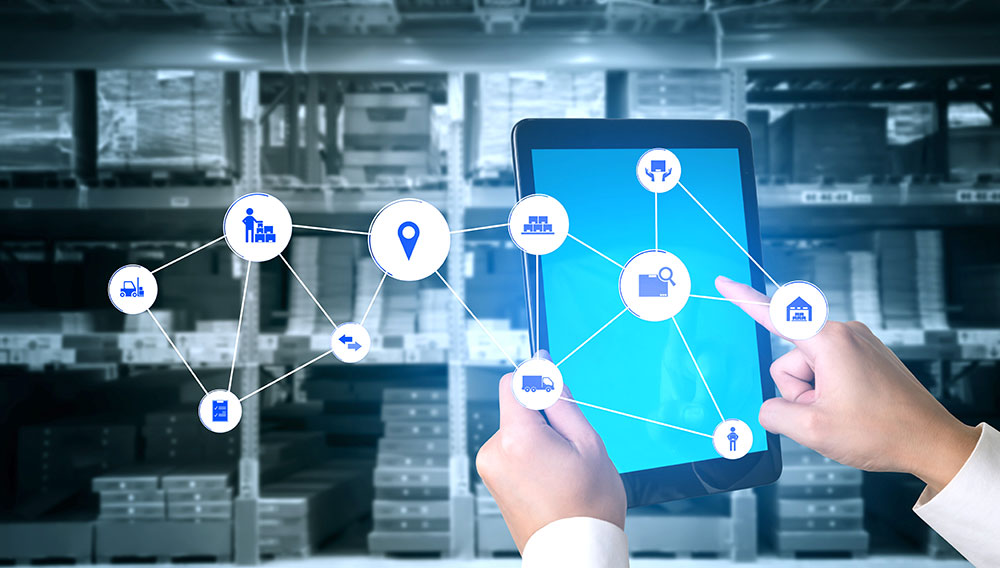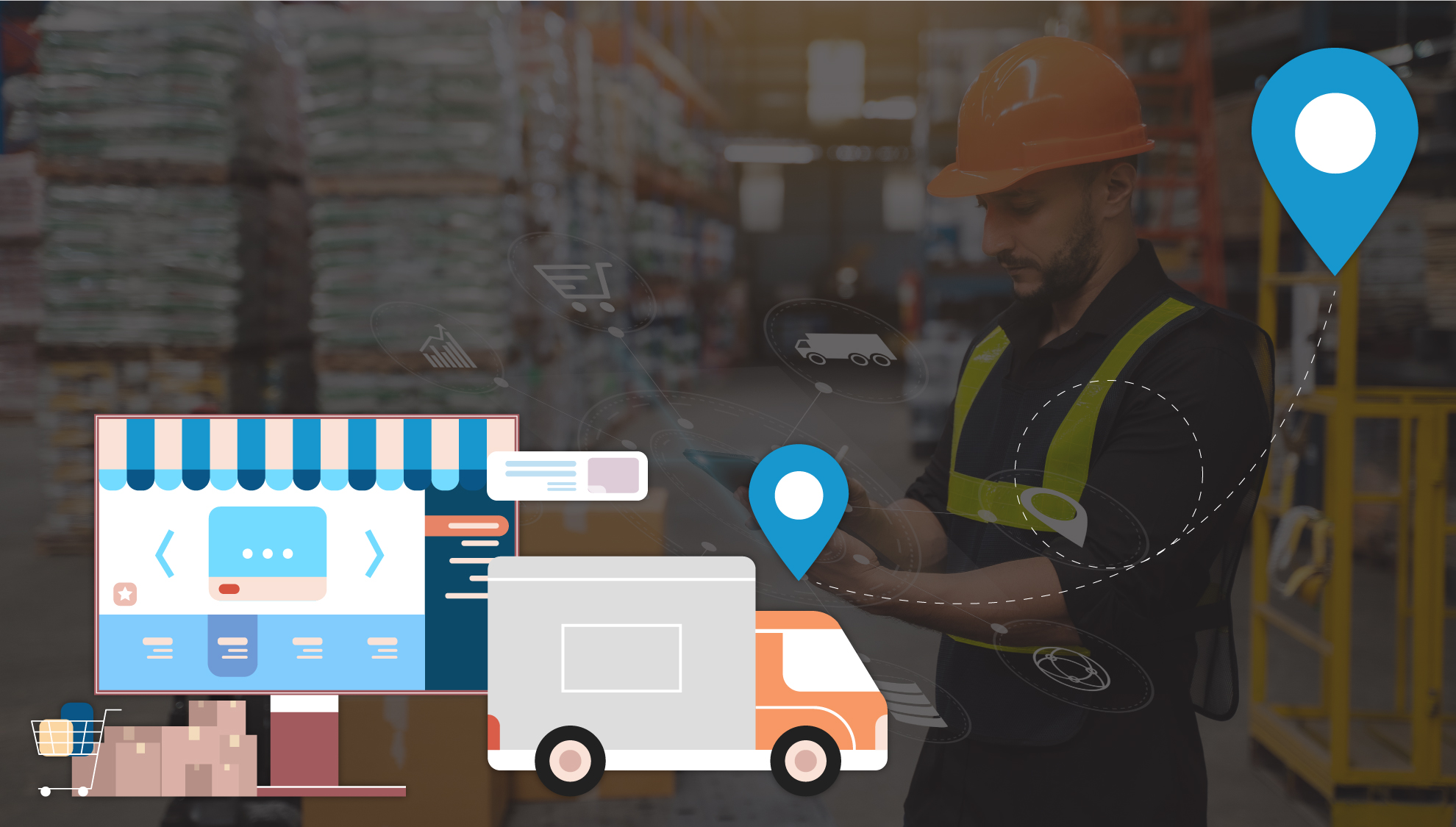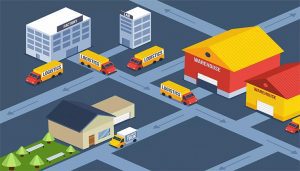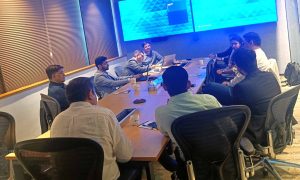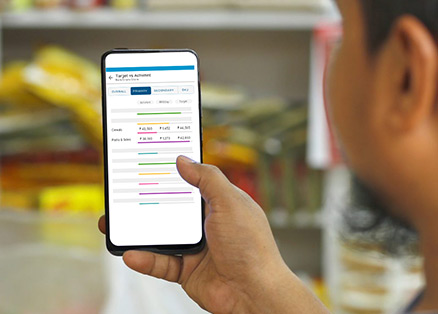Call it one of the best perks of being a hands-on CEO, but I get to travel the length and breadth of this great country – India.
Big cities have a modern vibe, smaller cities exude a charm of their own. Then there are the Tier II and Tier III towns that still retain the fragrance of a more agrarian India. In these cross-country travels, I learn tremendously from my meetings with companies of all sizes – from start-ups to emerging to big to mega – operating across the consumer goods spectrum.
Considering India is more like a continent with 1.3 billion consumers, achieving growth is almost a default setting for FMCG companies. And the more the industry grows, FieldAssist grows too. But below this veneer of happiness, there is also restrained frustration. Don’t get me wrong, I’m all for greater success and higher revenues but that doesn’t excite me all that much anymore.
Table of Contents
ToggleWhy?
Because there is so much more that can be done. Most of the companies I meet (both customers and prospects) are doing the right things from a business strategy perspective. But, as a technology-driven sales solutions company, I see glaring gaps in the adoption and deployment of a technology-driven strategy. For these growing companies, technology and strategy are still two separate functions. Yes, there is increased appreciation of the interplay between these two functions, but somehow the urgency and long-term thinking seem to be missing.
Whenever I get some downtime, which is usually on flights or during my daily commute, my mind keeps going to this thought, and I always get a little worked up because, to me, technology and strategy can never be separated.
I want to showcase to our customers how a technology-driven strategy can change the way they improve team effectiveness, enabling them to grow faster. Think of it as lighting a rocket under salesforce productivity and taking the entire sales force effectiveness onto a higher stratosphere.
So I have put together a pocket-sized ready-reckoner on how a tech-enabled business strategy can help a consumer-facing company grow better:
The Retail Store
The last mile to the consumer starts and ends with the retail store. The store is so critical that it can determine the ‘success’ or ‘failure’ of a brand, which is why it is not about having your products at just any store, but at the ‘right’ store.
I’ll expand on this further:
The Right Store
When we set up the FieldAssist sales force automation software for our customers, each of their outlets is rostered into the SFA app. It is an intense one-time process. But once it is set up, it becomes easy to monitor the store performance almost on a real-time basis. Then it becomes child’s play to identify which stores are lagging and which ones are leading.
A Nielsen report corroborates that 60% of FMCG sales can be influenced at the store level. That is really significant.
Since brands cannot possibly stock their products at every store, the right store choice is the first step toward efficiency. On average, the study found that 30% of stores accounted for 80% of category sales. A supplementary survey indicated that nearly 30% of incremental sales can be achieved by making a course correction in existing distribution and by reaching these right stores directly.
Quoting Vijay Udasi, the Sales Effectiveness Practice lead at Nielsen India,
“Among various levers at your disposal to drive strong in-market performance, reaching the right store is on top of the heap. I would go as far as to say that reaching the right stores is half your job done. Needless to say, reaching these right stores directly, and with adequate servicing levels will go a long way in driving sales, growth, and incremental share.”
Thus, the ‘right’ store is a critical component of a successful sales distribution strategy. Most companies have an arbitrary, subjective, and ‘hunch’ driven approach to the choice of a ‘right’ store. Leveraging technology in the form of sales force automation gives brands an opportunity to drive data-backed decisions, thus backing strategy with technology.
The Store Game Plan
The ‘Right’ store is necessary but not sufficient. That is where a store-level game plan becomes key. A typical FMCG consumer takes the decision of buying a product within a few minutes of viewing it on the shelves. The buying decision is ad hoc and made spontaneously at the point of sale (POS). (Wish I could get FieldAssist prospects to buy like that!). So FMCG brands have to find proven ways to influence buyer’s behavior positively.
The store game plan can ensure the perfect experience for the consumer, which eventually will precipitate the buying decision. But for that one decision, everything matters- availability, visibility, offers, and services. Using sales force automation, it is logistically possible to ensure that your brand scores high on each of these factors.
The Sales Team
As they say, the future is already here today. Robots have made inroads into the warehouse. Robots may take over delivery as well if driverless vehicles get a further impetus. However, given the nature of the business, Field sales will be an extremely tough problem to automate completely. (I will be all ears if you can pitch that possibility to me!)
Today, the sales team has a very important role to play, and sales force automation technology is fully geared to enable them to be the best at what they do. But the SFA app alone cannot bear the burden of enabling Sales best practices: This is what I mean:
Servicing: Servicing is a low-hanging fruit because the standards are low. However, the need for servicing with respect to competition cannot be downplayed. The Nielsen study mentions that when the servicing levels were higher than the competition, the share of the brands was almost 20% more.
Customer-oriented, quality servicing is best achieved by taking a ‘culture’ approach to it. This is a change management task, best delivered by a project owner. SFA technology, if creatively employed, could contribute to initiating and reinforcing a culture of service.
Training: Technology will get better, but still won’t be able to address all challenges. That is why continuous training of the sales team is important. It should include:
- Business Strategy covering costs, margins, and profits
- Importance of “The Store” in overall growth
- Technology
Conclusion
A recent report by Forrester Research, states that the revenue of India’s offline retailers, also known as brick and mortar (B&M) retailers, is expected to increase by Rs. 10,000-12,000 crore in FY20. To make the most of this potential and to grow at above-market rates by differentiating from the competition, it is paramount that brands increasingly leverage technology to craft and execute a fail-safe business strategy.
The store and the sales team will always remain at the heart of such a strategy. Thanks to ever-evolving technology, a tech-driven strategy will keep the doors open for exploring new ideas to improve and grow. Ideas that could help brands meet the challenges raised by highly aware consumers and a dynamic market. Do you like my idea?
About Post Author
Paramdeep Singh
Param is the CEO at FieldAssist. He brings over 12 years of extensive entrepreneurial experience. He is extremely passionate about the FMCG Industry with a focus on technological innovation to drive consumer business outfits, skilfully integrating traditional retail channels with technology solutions that are transforming the face of the Sales Force Automation industry in India. He is well known and recognised for his leveraged collaborative and distinctive leadership skills.

